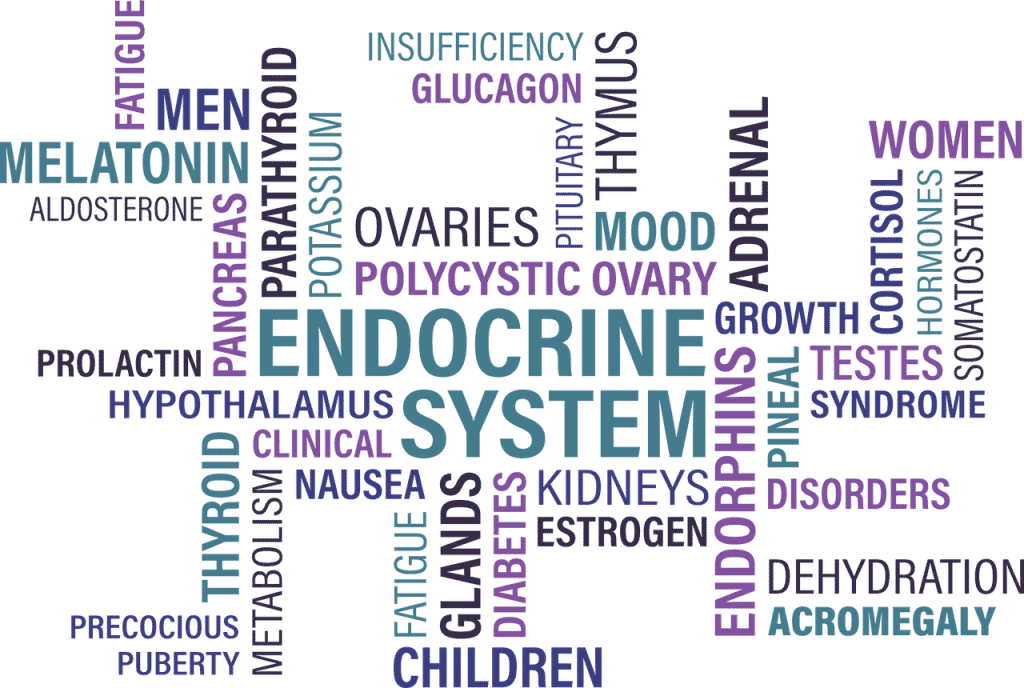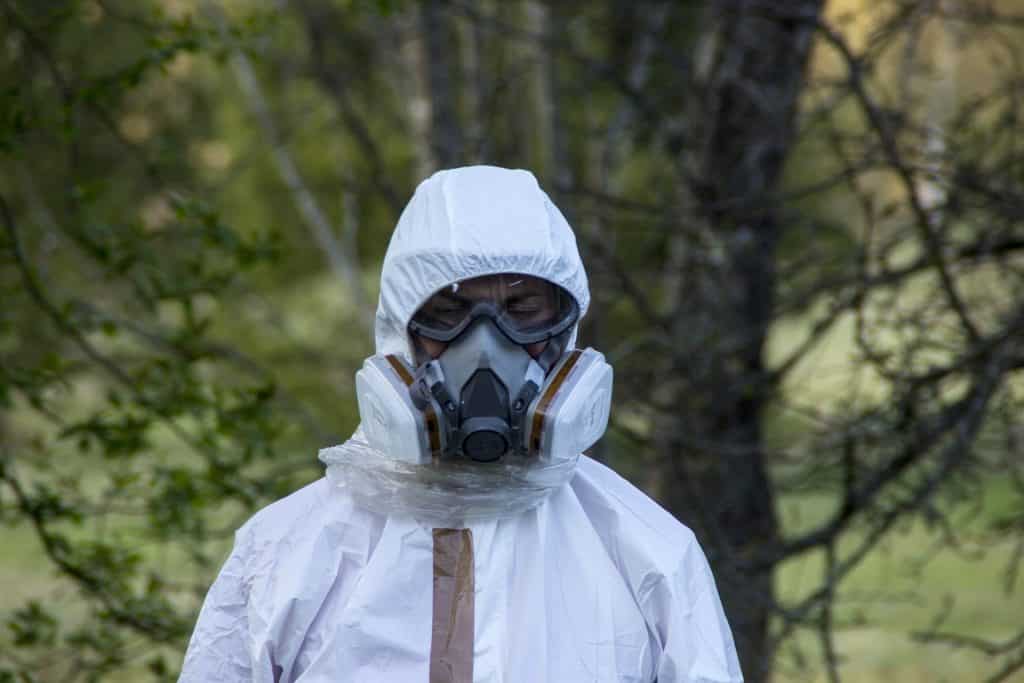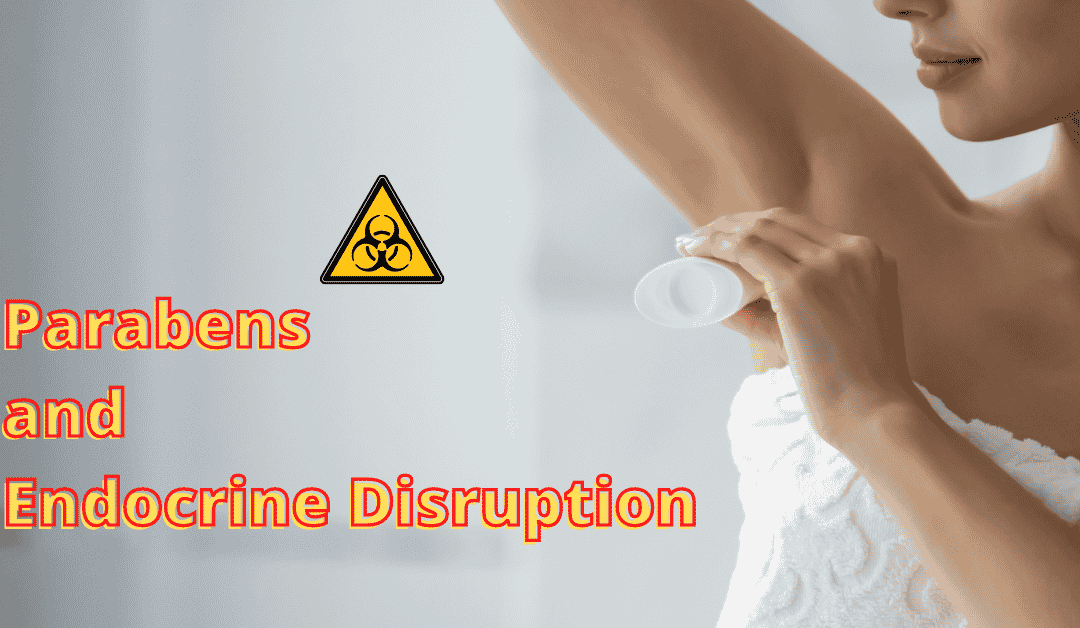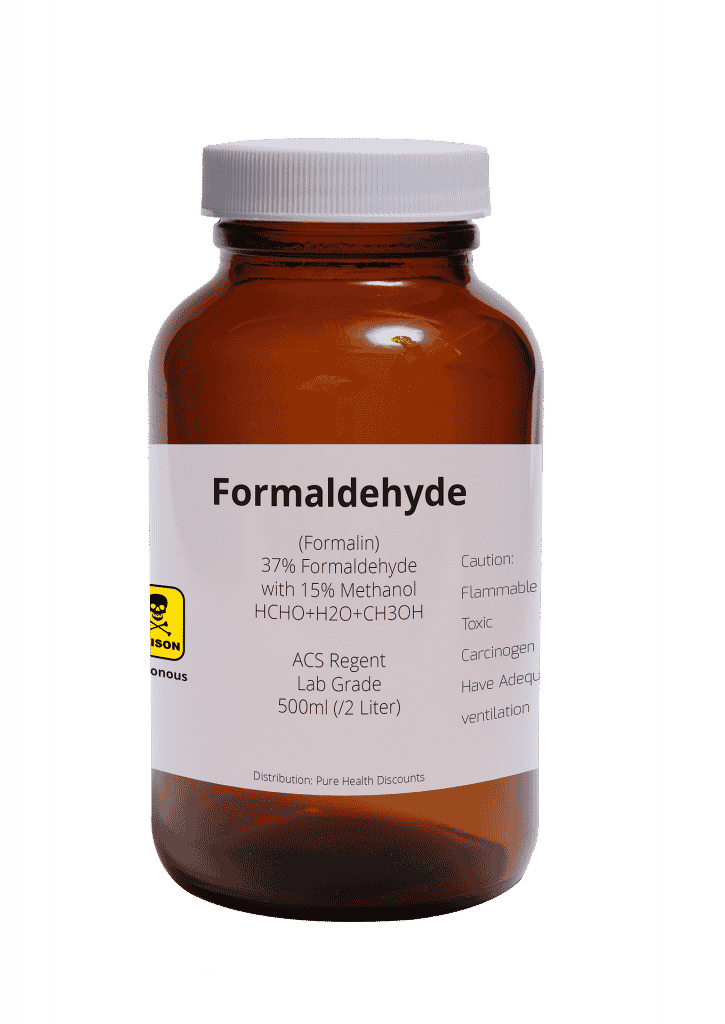Is My Deodorant Trying to Kill Me?
Not only deodorants but soap, shampoo, and facial cleansers – the list goes on; if you use personal products for hygiene or aesthetics, read on. The information contained in this blog is important to everybody who uses any cosmetic or hygiene product. That should include most of us, if not all.
Formaldehyde is not the only hazard!
It’s so weird that we can accept a list of chemicals that we may not have heard before, yet a single chemical like formaldehyde makes us revolt inside.
Besides formaldehyde, another more commonly used ingredient in personal care products today is paraben.
What is Paraben?
According to the Food and Drug Administration (FDA), “parabens are a family of related chemicals that are commonly used as preservatives in cosmetic products” (2020). Personal care products use parabens to prevent the growth of bacteria or fungi in the product, thus prolonging its shelf-life.
So, it’s a preservative. What’s the big deal?
Parabens do not degrade in our body once absorbed. Trace amounts had been found in hair, urine (Karzi et al., 2019), and even transplacental! (Kang et al., 2002; Monneret, 2016). If parabens do not cause any harm to the body, then having them just floating around in our system is not a problem.
But the issue lies here. Parabens are classified as endocrine disruptors and could pose many health risks, of which a few are already known. Endocrine disruptors are “man-made chemical compounds that interfere with the body’s endocrine system” (Monneret, 2016).
Physiology crash course: our body’s cells communicate with one another through electrical and chemical signals. The endocrine system handles all chemical communications. The collective term for all those chemicals responsible for communicating is hormone.
Endocrine disruptors (ED), such as paraben, mimic natural hormones in the body like estrogens or androgens and thyroid hormones. EDs then block the interaction of these hormones, which later on produces adverse effects, especially in infants’ reproductive and neurological development. If parabens can show up in a hair strand, they can certainly be present in breast milk (Monneret, 2016).

What are some of the studies that condemn parabens as endocrine disruptors?
Kang et al. (2002) reported pups of maternal Sprague-Dawley rats, previously treated subcutaneously with butyl-paraben, had decreased sperm activity as well as a significant decrease in mass of male reproductive organs.
Tavares et al. (2009) confirmed that parabens could adversely affect the male reproductive system. Their research reveals that paraben molecules in the male genitalia lead to decreased mitochondrial activity of testicular cells.
Philippat et al. (2017) concluded that prenatal exposure to parabens and phthalates, confirmed through urine testing, has a strong relationship with their male preschooler’s behavioral issues and cognition.
Smith et al. (2013) provide evidence suggesting that women who have frequent exposure to propylparaben – one of the more commonly used classes of parabens in cosmetics – could lead to diminished ovarian reserve and contribute to ovarian aging among women.

Conclusion
According to my understanding of it all, we all need to become more aware of the chemical crisis on a global scale. There are tons of chemicals out there that are left unexplored, yet we are exposed to them daily. The bottom line is we all need to be more vigilant of what we consume.
Studying this matter has made me more receptive towards all the research saying that parabens are unsafe. Somebody can argue that the use of parabens in consumer products is under safe limits and that all these news is just a scare tactic to upsell the “cleaner” products. But this disposition does not eliminate the fact that there have been pieces of evidence found suggesting otherwise. I believe it is only a matter of time before the other illnesses caused by parabens will appear.
A quick revisit of history.
People also used to believe that asbestos was safe. They even used it in the first Wizard of Oz as a prop for snow. Years later, the world realised that asbestos is carcinogenic. Deaths were even recorded and attributed to asbestos. (In 1source, all types of asbestos are labeled as a hazard, why?)
People used to believe that smoking does not pose any hazard to others. Now the world knows secondhand smoke is a real thing and causes birth defects. Real consequences have already emerged.
Does a hard cause-effect scenario have to be thrown our way before we can decide what to do about parabens?

References
Center for Food Safety and Applied Nutrition. (2020, August 24). Parabens in cosmetics. U.S. Food and Drug Administration. Retrieved October 21, 2021, from https://www.fda.gov/cosmetics/cosmetic-ingredients/parabens-cosmetics.
Claude Monneret, What is an endocrine disruptor?, Comptes Rendus Biologies, Volume 340, Issues 9–10, 2017, Pages 403-405, ISSN 1631-0691, https://doi.org/10.1016/j.crvi.2017.07.004.
Renata S. Tavares, Fátima C. Martins, Paulo J. Oliveira, João Ramalho-Santos, Francisco P. Peixoto, Parabens in male infertility—Is there a mitochondrial connection?, Reproductive Toxicology, Volume 27, Issue 1, 2009 , Pages 1-7, ISSN 0890-6238, https://doi.org/10.1016/j.reprotox.2008.10.002.
Vasiliki Karzi, Manolis Tzatzarakis, Ioanna Katsikantami, Athina Stavroulaki, Athanasios Alegakis, Elena Vakonaki, Pelagia Xezonaki, Stavros Sifakis, Apostolos Rizos, Aristidis Tsatsakis, Investigating exposure to endocrine disruptors via hair analysis of pregnant women, Environmental Research, Volume 178, 2019, 108692, ISSN 0013-9351, https://doi.org/10.1016/j.envres.2019.108692.
Dodson, R., Nishioka, M., Stanley, L. J., Rudel, R. A., Brody, J. G., & Perovich, L. J. (n.d.). Endocrine disruptors and asthma-associated chemicals in consumer products. National Institute of Environmental Health Sciences. Retrieved October 21, 2021, from https://ehp.niehs.nih.gov/doi/full/10.1289/ehp.1104052.
Philippat, C., Nakiwala, D., Calafat, A. M., Button, J., De Agostini, M., Heude, B., & Slama, R. (2017, September 15). Prenatal exposure to nonpersistent endocrine disruptors and behavior in boys at 3 and 5 Years. National Institute of Environmental Health Sciences. Retrieved October 21, 2021, from https://ehp.niehs.nih.gov/doi/full/10.1289/EHP1314.
Smith, K. W., Hauser, R., Calafat, A. M., Williams, P. L., Ehrlich, S., Dimitriadis, I., & Souter, I. (2013, January 1). Urinary paraben concentrations and ovarian aging among women from a fertility center. National Institute of Environmental Health Sciences. Retrieved October 21, 2021, from https://ehp.niehs.nih.gov/doi/full/10.1289/ehp.1205350.


